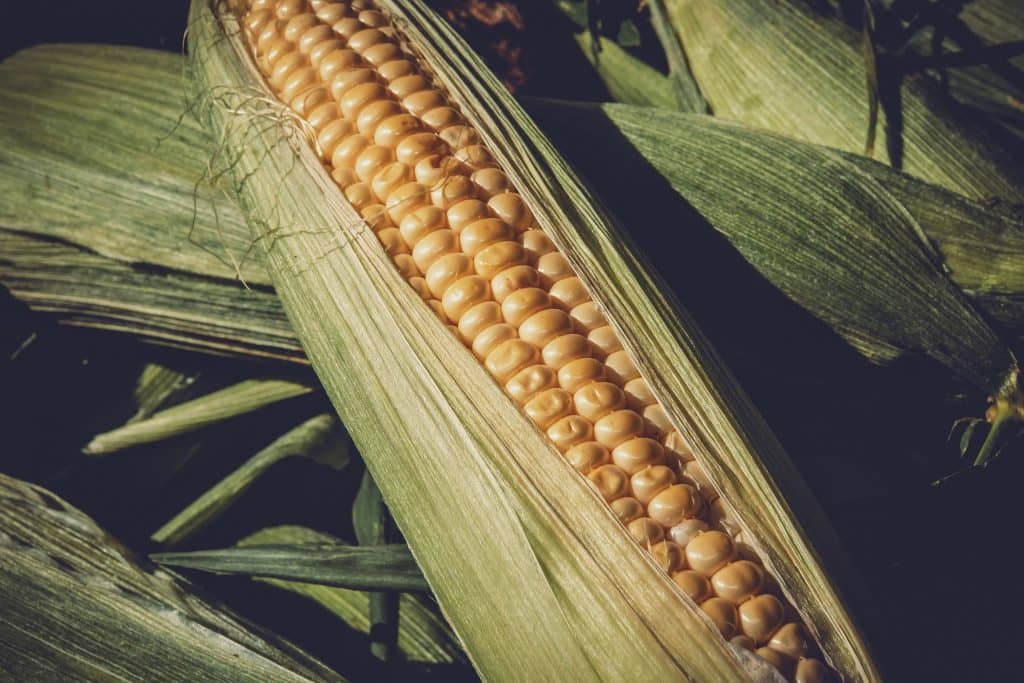Porto Alegre, January 31, 2022 – The summer corn harvest is advancing faster in Rio Grande do Sul and western Santa Catarina due to low average yield and many considerable crop use for silage. While this smaller crop is showing a well-adjusted supply, prices are moving towards levels of BRL 100 in most of the South region, which does not prevent us from having a high price bias for the entire semester.
The harvest of the summer season is advancing in the South region and part of São Paulo. In Rio Grande do Sul, the harvest has been fast due to the still very dry climate, low productivity, and lost areas. Now, the areas of southwestern Paraná and central-eastern Santa Catarina and Rio Grande do Sul are starting to be reaped. Some crops will only be reaped in March/April. Yield has very evident losses in the west of the South region, but irregularity grows in other regions. The expectation is that the crop in southern Paraná and northern Santa Catarina will be normal due to the rains in December and January.
The planting of the second crop is also advancing. As the soybean harvest is already strong in the west and northwest of Paraná due to low yield, as well as in Paraguay, the rains for the last 5 days helped to boost planting in at least part of Paraná. In Mato Grosso, planting is advancing significantly. The midwest of the state is in a very good rhythm of soybean harvest and second-crop corn planting. Eastern Mato Grosso must speed up planting this week. Goiás, Minas Gerais, and São Paulo must confirm the start at this turn of the month. The conditions in the Midwest and Southeast are perfect for the second crop.
Summer crop with strong losses, tight supply until the beginning of the second crop, and consumption rationing needs until then. The next significant harvest stages will take place in April in Goiás and Minas Gerais, and we will need to assess the growers’ selling posture. Could growers adopt the stance of retaining soybeans in the first semester, due to the expectation they will reach BRL 200/bag, and start selling corn? Or would there be retention of both commodities? The fact is that 130 million tons of soybeans in the first half of the year meet all domestic demand with no problem at all. However, a summer crop below 21 million tons does not meet the entire demand for the first half of the year, not least because carryover stocks may get below 3 million tons.
Despite this scenario, some segments of the consumer sector choose to ignore supply risks. If we consider the crops of the three southern states, what will be reaped practically adjusts the supply to consumption with some rationing and some imports from Paraguay, should it actually occur. The Southeast has São Paulo with a permanent deficit and may even try to push supply until July at high prices. Minas Gerais and Goiás have a more ‘comfortable’ situation with the early summer in May but with potential demand from the South region and SP for the closing of the semester’s supply.
Owing to the excellent planting window that begins in the second crop, late June and early July, there will be harvest in Mato Grosso, in particular, with the market closing the semester with a very tight supply and eager for new corn supply from the second crop. Prices may remain high in May, June and July. The ‘slack’ will take place from July onwards. With little advanced trading and the entry of a more aggressive crop, sales pressures may occur. This trend would quickly bring prices to port levels, currently between BRL 82/84 for August/September. The second half of 2022 cannot be defined by what happened in 2021. Basically, three factors must be dealt with in terms of prices in the second half of the year:
– Exchange rate movement in an election year;
– Weather for the 2022 second corn crop, which is being planted in a great window;
– US crop with cuts in area and natural climate cycle between May and August.
These are three indicators that will determine the possibility of corn highs also in the second half or not. However, note that in 2021 we imported 3 million tons of corn and made almost 15 million tons in washouts to be able to meet domestic demand after the biggest second crop losses in Brazil on record. Therefore, the market would have to predict a repetition of the scenario of losses to confirm corn highs in the same proportion as in the second half, which seems difficult but not impossible in a La Nina year.
Agência SAFRAS Latam
Copyright 2022 – Grupo CMA

